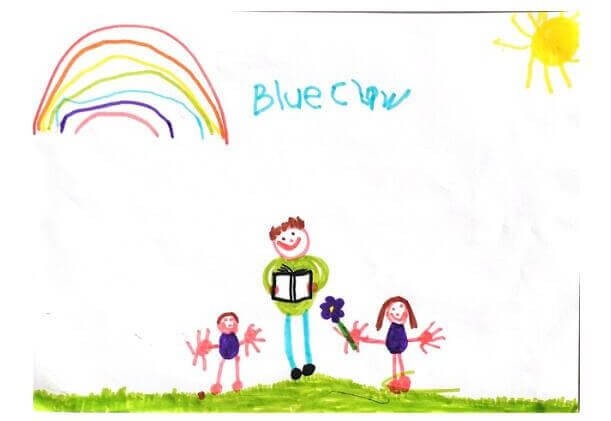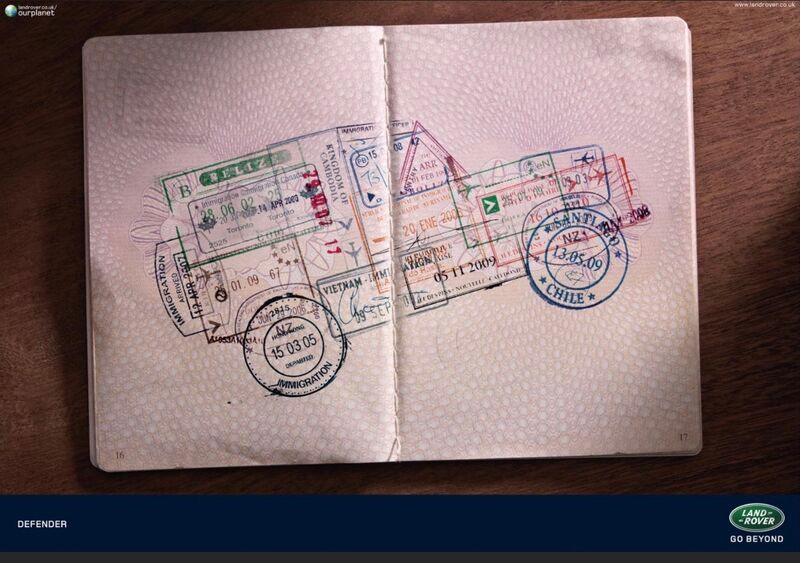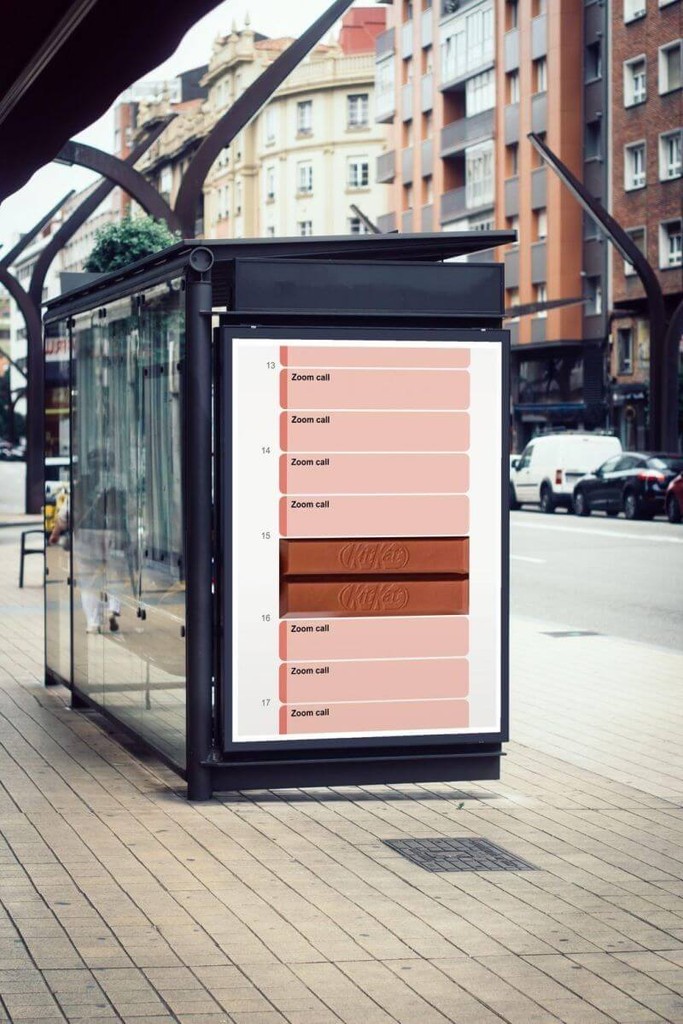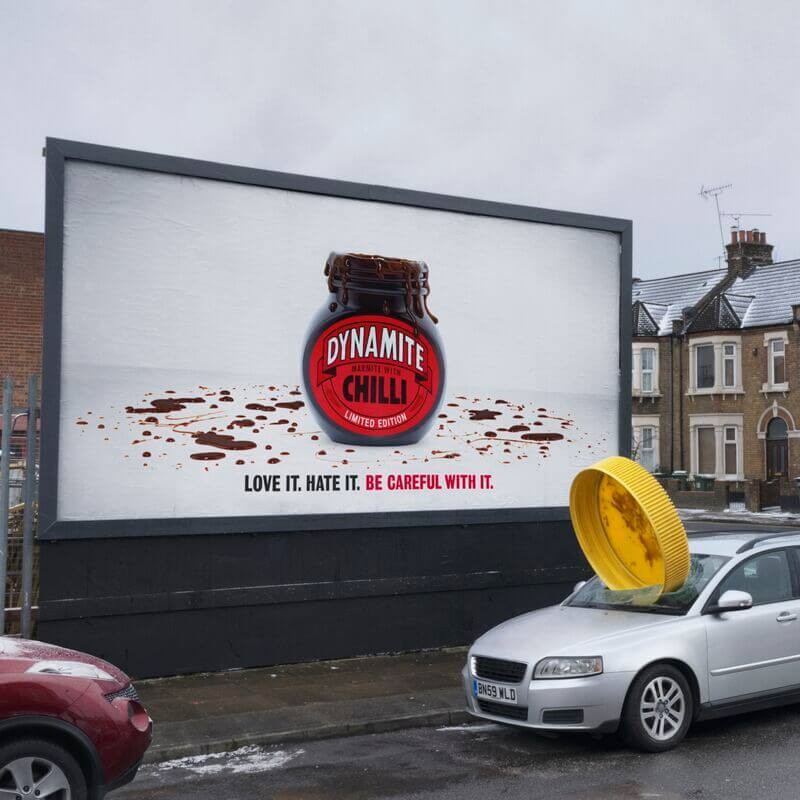Blog
The Importance of Storytelling in Digital PR
Simran Gill
16 February 2021
My eldest daughter is now four, so I’ve long since beaten back bedtime story stage fright and, in my eyes at least, have gotten it down to a fine art.
She’s an intelligent, inquisitive little girl (as you can see from the specially commissioned piece below – prints available), but in some respects the purpose of turning beautifully illustrated pages, through tired eyes and under torchlight, is lost.
Ideas are sparked, windows opened to new worlds, opportunities to learn and acquire information grasped – so much for sleep!
But on reflection, we wouldn’t have it any other way.
The subtle genius of well crafted prose, colliding with our vivid imaginations, can make us laugh, cry or even buy! Put simply, it’s a mightily powerful tool.
And storytelling, or brand storytelling, is an undervalued skill in which few achieve true mastery.
So, are you sitting comfortably? …Or scrolling on your smartphone again?
Stories Run Lives
Once upon a time, storytelling morphed into an integral component of the PR and marketing mix. Hardly a cliffhanger, right? But perhaps the true value of this particular ‘yarn’ is being played out right in front of us, and without us knowing it. Best-seller, I hear you say!
But in all seriousness; shiny logos are good; offers and discounts, yes, not bad; colourful CEOs, great, but people buy perception, your story, they buy YOU. As a concept, this encompasses a customer’s impression, awareness, or consciousness about a company or its offerings.
A storyteller can convince anyone; a friend to many – someone who experiences a whole range of emotions alongside others, creating memories along the way. Why wouldn’t you want to buy from them?
Making people think something, or feel different, means you have their attention. Before you can drive action, you must first draw an audience through vivid, compelling storytelling.
In his book ‘Likeonomics: The Unexpected Truth Behind Earning Trust, Influencing Behavior, and Inspiring Action’ Rohit Bhargava explains that people decide who to trust, who to buy from and who to listen to based on a simple metric of believability. Your company’s success is directly impacted by how much people know about you, and how trusted and liked you are.
Stickiness is Digital PR’s buzzword du jour, and whether digital font or dusty hardback, you know you’re onto a winner when the word bookmark gets mentioned. Adept and regular communication with the market is good, in fact it’s a necessity, but facilitating conversation and earning shareability among your target audience can be the stuff of fairytales.
Attention is finite and holding interest is key, otherwise you forfeit the opportunity of providing a clear and contagious takeaway.
Telling the Right Story
But keep in mind that storytelling doesn’t have to be one of the 102.6 trillion all-singing, all-dancing e-newsletters sent every year, with the aim of achieving more clicks than a marathon runner in an Olympic year. Equally, you don’t have to be a New York Times bestselling novelist, as the recent viral Weetabix and baked beans meme proved. The brainchild of London-based social agency Frank; the below post broke the internet for suggesting beans weren’t just for toast.
But why did it work?
- It was different, simple and sticky
- It spread fear of missing out
- It became debatable
- It created a story
With huge volumes of information flowing at customers daily, don’t be afraid to think differently, act differently; your efforts and novel approach will be appreciated, even if it doesn’t convert on every occasion.
Although it might feel as though it goes against the grain, PR isn’t always about closing sales. This storytelling, or thread of Tweets, gave the brand a money-can’t-buy level of visibility; it was over to the strength of the product to seal the deals.
And, broadly speaking, as an industry we’re getting better at stocking our library shelves with the kinds of literature our customers are looking for. Click-through rates for emails sent in the UK jumped from 0.9% to 2.4% in 2020, meaning consumers saw content they wanted to engage with on a deeper level – and a lot of it. The dreaded use of the ‘Unsubscribe’ button almost dropped off the scale, down to 0.2% (source: Campaign Monitor).
According to research by Headstream, if people love a brand story, 55% are more likely to buy the product in future, 44% will share the story, and 15% will buy the product immediately.
Now for some science, and I’ll keep it brief. Why stories? Well, we’re 22 times more likely to remember information when it is woven into a narrative. At the same time there is a five-fold increase in neural activity, while the process lights up our sensory cortex. Stories act as mnemonic devices, organising abstract material into meaningful structure, using imagery rhyme or story to make material easier to absorb.
Bringing Your Story to Life
The key for businesses is to bring YOUR story to life through sensory, emotionally orientated language that keeps audiences invested in the material.
In terms of Aristotelian poetics, it must have pathos (it must be felt). It must be flexible and scalable – as easily told around a campfire as across the boardroom table. This implies the use of simple, everyday language and ideas. And it must be useful – able to turn vision into action; purpose into practice – acting as a transferor of meaning between one domain and another, between ‘your’ world and ‘mine’, between the ‘leader’ and the ‘led’. James Kerr, Legacy
Wunderman Thompson and Adam & Eve have also struck gold in recent weeks with these narrative-inducing campaigns.
Resonate on a personal level, tell heartwarming tales, be emotive and make your audience feel like they’re part of a bigger picture.
Lead with intent, take a stand and try to make a difference.
Raise awareness, look to affect or highlight real life problems and, perhaps most crucially, make a difference in the community, write new stories that your audience can choose to be part of.
A timely example of this, was when Three and Chelsea FC combined to give two lifelong fans an unforgettable 50th wedding anniversary.
Using state-of-the-art technology, Dave, Cathy and their charming backstory, are treated to an immersive recreation of the Stamford Bridge matchday experience.
Under the tagline of ‘Now more than ever, stay connected to what matters’ we’re given a much-needed dose of positivity and hope. A surefire way of earning Three plenty of kudos, with people queuing up to share the content.
Both Chelsea and Three made it cultural, got to know their customers, ran contests and factored in other engagement activities to further amplify and activate a community around their core story.
Continuing the narrative is possible by obtaining company wide buy-in, making sure customer facing employees are on message. It can define and inspire an organisation and help set its direction for the future.
Personalising Your Story
To that end, perhaps the most important page of any company’s website is the ‘about’ page. Or the increasingly titled ‘our story’ page. This is YOUR space to tell YOUR story.
Use facts, not hype, inspire trust, consider your audience, prioritise above the fold and consider where to send users next on their journey. Be honest, get personal, connect, convey values, prove yourself, but most importantly tell your story.
A recent report suggests 52% of people head straight for the ‘about’ page when landing on a commercial site, yet few businesses give it the intense maintenance it warrants, while others only make updates in line with new site builds or substantial alterations.
Think of it as a ‘getting to know you’ page, after all, you wouldn’t buy from a stranger.
Also remember that the best stories aren’t always your own. They can be of customers, employees or their families and friends. If they truly touch people’s hearts, invest in bringing them to life and prioritise them over your own.
That’s exactly what Land Rover did several years ago. Maneybhanjang, deep in the Himalayas, is known as the ‘Land of Land Rovers’ and has a fleet of meticulously maintained Series Land Rovers from as far back as 1957 to keep it going.
I could wax lyrical all day about this Spark 44 campaign, but consider the takeaways (many of which were gleaned inside 60 seconds);
- They have 42 Land Rovers
- The COMMUNITY are PROUD of the land rovers
- They’re old – built in 1957 – but built to last in extreme conditions
- The Land Rover is what keeps the Manybhanjang COMMUNITY CONNECTED.
Instead of listing these qualities, they show you. They tell a story.
Take us, Blueclaw Media Ltd, for example. A company well stocked with storytelling expertise and versed in shaping a company’s identity through use of narrative.
Consider the journey our agency has been on since its creation by CEO and Founder Fergus Clawson in 2007. The ups, the downs, the client wins, the knockbacks, staff come, staff move on to pastures new, become success stories; the brand design changes, changes again, but there is one constant – the culture.
Stories create culture.
And instead of telling you what we do, we show you. And the next time a well-thumbed copy of The Gruffalo, by Julia Donaldson, is tossed in your direction at bedtime, read it; read it well, and then go capture someone else’s attention on behalf of your clients.
THE END – or is it…
Let’s tell your story… get in touch with our senior team to discuss all things Content Marketing, Digital PR and ways we can help shape your brand narrative.
Written by
Simran Gill
Latest posts.
Contact.
We’re always keen to talk search marketing.
We’d love to chat with you about your next project and goals, or simply share some additional insight into the industry and how we could potentially work together to drive growth.










